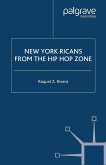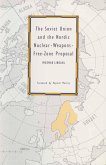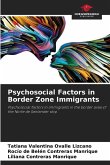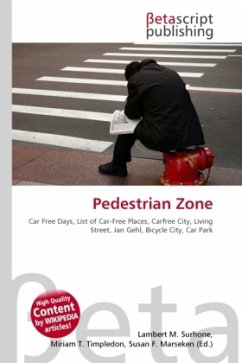Routine activity theory suggests that
neighborhood-level activity patterns influence crime
rates, and that the convergence of three elements in
space and time a motivated offender, a suitable
target, and the absence of a capable guardian result
in increased likelihood of criminal events. As such,
particular land-use patterns may explain why
disadvantaged neighborhoods have higher crime rates
than more advantaged areas. This monograph examines
whether the effect of neighborhood disadvantage on
crime may be a function of its association with
land-use patterns. This research also examines
whether land-uses have greater effects in
disadvantaged neighborhoods. By understanding the
effects of land-use, planners and managers could make
changes in land-use patterns that decrease crime
rates. Findings reveal that both social
characteristics and several land-use patterns
exhibited different degrees of influence within three
research sites. Generally, the percent of land-use
dedicated to commerce as well as some commercial
institutions were significant predictors of robbery
rates. However, types of commercial land and
establishments varied by the study site.
neighborhood-level activity patterns influence crime
rates, and that the convergence of three elements in
space and time a motivated offender, a suitable
target, and the absence of a capable guardian result
in increased likelihood of criminal events. As such,
particular land-use patterns may explain why
disadvantaged neighborhoods have higher crime rates
than more advantaged areas. This monograph examines
whether the effect of neighborhood disadvantage on
crime may be a function of its association with
land-use patterns. This research also examines
whether land-uses have greater effects in
disadvantaged neighborhoods. By understanding the
effects of land-use, planners and managers could make
changes in land-use patterns that decrease crime
rates. Findings reveal that both social
characteristics and several land-use patterns
exhibited different degrees of influence within three
research sites. Generally, the percent of land-use
dedicated to commerce as well as some commercial
institutions were significant predictors of robbery
rates. However, types of commercial land and
establishments varied by the study site.








